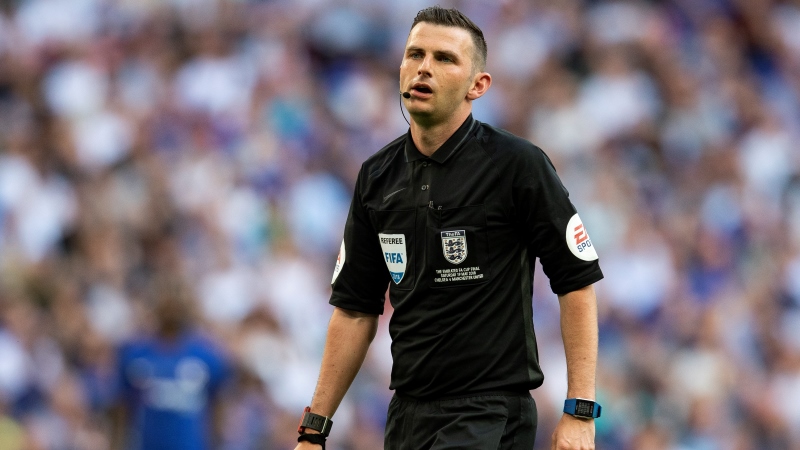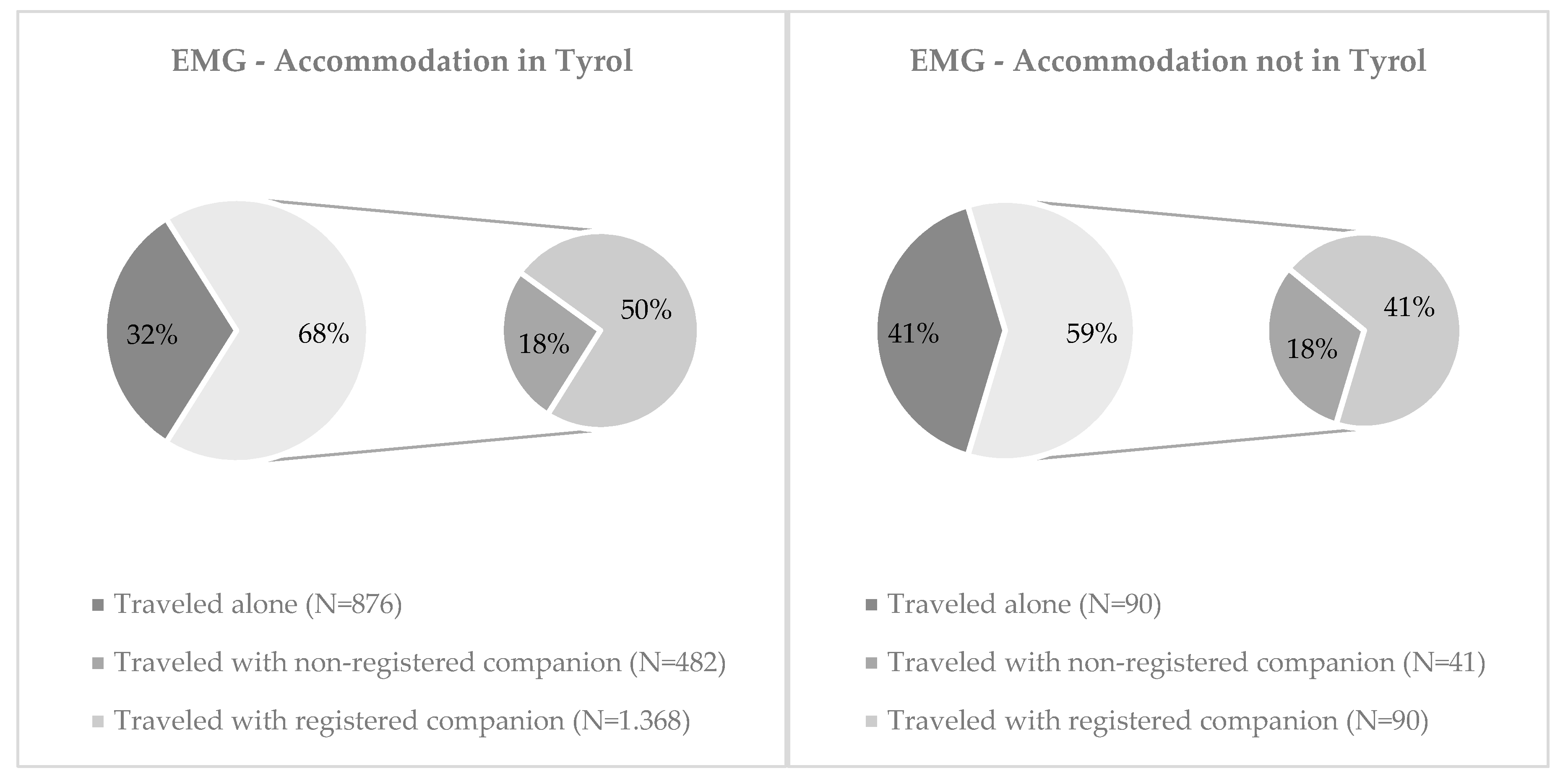Discover Pandipedia
Pandipedia is the world's first encyclopaedia of machine generated content approved by humans. You can contribute by simply searching and clicking/tapping on "Add To Pandipedia" in the answer you like. Learn More
Expand the world's knowledge as you search and help others. Go you!
Let's look at alternatives:
- Modify the query.
- Start a new thread.
- Remove sources (if manually added).
- Request a manual search from our human research team.

Managing Attention Deficit Hyperactivity Disorder (ADHD) in the workplace can present unique challenges, but it is also an opportunity for individuals with ADHD to thrive by utilizing strategies and workplace accommodations tailored to their needs. Understanding the nature of ADHD and implementing effective techniques can lead to improved productivity and job satisfaction.
Understanding ADHD in the Workplace
ADHD affects various aspects of functioning in a work environment, including attention, impulsivity, and hyperactivity[8][10]. Symptoms such as distractibility and difficulties with time management can hinder job performance, making it important for individuals to develop effective coping strategies. Many adults with ADHD excel in jobs that align with their interests and strengths, often thriving in environments that provide variety and stimulation[3][10].
Creating a Supportive Work Environment

Support from employers and coworkers can significantly enhance the ability of individuals with ADHD to succeed. Employers can implement reasonable adjustments, such as flexible work hours and the opportunity to delegate less critical tasks[5][8]. Establishing clear communication channels and frequent check-ins can help employees feel understood and supported, allowing them to clarify expectations and receive constructive feedback[3][6]. Principles of communication, such as discussing performance issues tactfully and ensuring understanding, can also foster better teamwork[2].
Creating a work environment that minimizes distractions is crucial. This can involve using noise-canceling headphones, designating quiet workspaces, and encouraging regular breaks to manage restlessness[5][9]. Technologies such as task management apps and reminders can aid in organization and time management, helping individuals stay on top of their responsibilities[4][6].
Effective Strategies for Productivity

Implementing structured strategies can enhance productivity for individuals with ADHD. Breaking tasks into smaller, manageable components and using tools like the Pomodoro technique—working for set intervals followed by short breaks—can help maintain focus and reduce feelings of overwhelm[7][8]. Engaging in body doubling, where individuals work alongside someone else, can also create an encouraging atmosphere that promotes concentration[4][6].
Setting concrete deadlines and asking for clarity regarding project expectations can prevent anxiety around task completion, as vague timelines tend to lead to procrastination[2][3]. For example, requesting a specific deadline instead of a vague 'soon' can provide the necessary structure to drive task completion[2].
Additionally, gamifying tasks by introducing rewards for completed work, such as treating oneself after finishing a project, can stimulate motivation through the release of dopamine—a neurotransmitter crucial for focus and engagement[6][7].
Leveraging Strengths and Interests
Recognizing personal strengths and interests plays a pivotal role in achieving success at work. Many individuals with ADHD exhibit creativity, risk-taking, and high energy, making them well-suited for dynamic, fast-paced roles in creative industries, sales, or entrepreneurship[5][10]. Jobs that lack monotony and provide immediate feedback tend to align better with the work preferences of individuals with ADHD[5].
It is also beneficial for individuals to pursue careers that interest them deeply, as passion can significantly enhance motivation and focus[10]. Job roles that include elements of movement or variety allow for expressions of energy and creativity, further leveraging the natural abilities of individuals with ADHD.
Disclosing ADHD and Seeking Accommodations
Deciding whether to disclose ADHD to an employer can be daunting. However, transparency can play a significant role in accessing necessary accommodations[8][10]. Under the Americans with Disabilities Act, individuals with ADHD have the right to request reasonable adjustments that facilitate their work performance[9][10]. Whether discussing specific needs with a supervisor or seeking adjustments in the workplace, approaching the conversation with a focus on solutions rather than solely on the diagnosis can lead to constructive outcomes[3].
Employers can also aid in this process by fostering an inclusive culture where individuals feel safe to share their needs without fear of stigma or discrimination. The openness to discussing ADHD can create a shared understanding among coworkers and promote a supportive work environment[5][9].
Conclusion
People with ADHD can thrive in work environments by understanding their condition, leveraging their strengths, and utilizing effective strategies and supports. By fostering a supportive workplace, implementing structured routines, and maintaining open communication, both employees and employers can contribute to productive and fulfilling work experiences. Ultimately, with the right tools and environment, individuals with ADHD can not only meet but exceed their professional goals.
Let's look at alternatives:
- Modify the query.
- Start a new thread.
- Remove sources (if manually added).
- Request a manual search from our human research team.
Get more accurate answers with Super Search, upload files, personalised discovery feed, save searches and contribute to the PandiPedia.

Countries around the world are responding to rising inflation primarily by lowering borrowing costs as inflation begins to ease from its recent highs. Central banks, including the US Federal Reserve and the European Central Bank, are expected to reduce interest rates this year following synchronized increases in response to previous inflationary pressures exacerbated by the pandemic and geopolitical events like the war in Ukraine[1][6].
Different nations are experiencing varying inflation challenges; for instance, the Fed has been aggressive with rate hikes, while the European Central Bank plans gradual increases. Policymakers are cautious, balancing the need to control inflation without severely impacting economic growth[2][4].
Let's look at alternatives:
- Modify the query.
- Start a new thread.
- Remove sources (if manually added).
- Request a manual search from our human research team.

The purpose of a referee in football is to enforce the Laws of the Game, ensuring that the match is played fairly and safely. The referee has full authority over the match, including interpreting and applying the rules, making crucial decisions about fouls and infractions, and issuing disciplinary actions such as yellow and red cards when necessary. They monitor player conduct, signal for restarts, and keep track of the match time[1][2][3][4].
The referee also has the responsibility to ensure that both teams adhere to the rules, which involves checking players' equipment and addressing any misconduct, such as unsporting behavior or injuries[3][5]. Additionally, they can stop, suspend, or abandon the match under certain circumstances, such as severe weather or crowd issues[2][5]. Ultimately, the referee's decisions are final and must be respected by players and officials alike[1][4].
Let's look at alternatives:
- Modify the query.
- Start a new thread.
- Remove sources (if manually added).
- Request a manual search from our human research team.
Let's look at alternatives:
- Modify the query.
- Start a new thread.
- Remove sources (if manually added).
- Request a manual search from our human research team.

MasterClass Membership
Access to thousands of classes taught by renowned professionals in various fields, perfect for someone wanting to learn a new skill or hobby[2].

StoryWorth Custom Book Subscription
A year’s worth of thought-provoking questions for a loved one to answer, which can be compiled into a hardcover book at the end[2].

Atlas Coffee Co. Subscription
A monthly delivery of freshly roasted coffee from around the world, ideal for coffee enthusiasts[2].
Tinggly Minibreak for Two
A redeemable night at one of thousands of hotels worldwide, providing a flexible getaway option without the need to choose a location in advance[5].
Airbnb Experiences Gift Card
Allows gifting of experiences like cooking classes or guided tours in various locations[5].
Chef’s Table Cooking Class
Online cooking classes with renowned chefs, providing an opportunity to learn high-level cooking techniques at home[5].

SpaFinder Gift Card
Gift a spa day with various services available at participating locations across the country[5].
Escape Room Experience
A fun, immersive puzzle-solving experience that can be enjoyed with friends or family[2].

Blue Apron Subscription
A meal kit delivery service with easy-to-follow recipes and ingredients for home-cooked meals[3].
Wine Tasting Experience
Experience wine tasting at a local vineyard, learning about various wines from experts in the field[4].
Let's look at alternatives:
- Modify the query.
- Start a new thread.
- Remove sources (if manually added).
- Request a manual search from our human research team.
Get more accurate answers with Super Search, upload files, personalised discovery feed, save searches and contribute to the PandiPedia.

The Vietnam War was primarily driven by the conflict between the communist government of North Vietnam, supported by the Soviet Union and China, and the anti-communist government of South Vietnam, backed by the United States. U.S. involvement escalated under Presidents Kennedy and Johnson, with the latter significantly increasing troop levels and military action in response to the Viet Cong threat and the perceived need to curb the spread of communism based on the 'domino theory'[1][5].
Ultimately, the war culminated with the United States withdrawing its forces in 1973, leading to South Vietnam's fall to North Vietnam in 1975. The debate over responsibility encompasses U.S. policy decisions, as well as the ambitions of North Vietnamese leadership[2][3].
Let's look at alternatives:
- Modify the query.
- Start a new thread.
- Remove sources (if manually added).
- Request a manual search from our human research team.

Solo travel is becoming increasingly popular as more individuals seek the freedom and personal growth that comes from exploring the world independently. The rise in interest is marked by a significant increase in online searches for “solo travel,” nearly doubling within five years, and a tenfold surge in the social media hashtag #solotravel[1]. Many travelers enjoy the ability to own their time and make decisions without compromising with others, which allows for pure personal experiences and deeper connections with new places and people[5][6].
Moreover, safety considerations and tailored travel options are now more accessible, particularly for women, who represent a substantial portion of solo travelers[2]. Scholars suggest that solo travel fosters self-discovery, resilience, and enhanced social skills, appealing to a diverse demographic[3][4].
Let's look at alternatives:
- Modify the query.
- Start a new thread.
- Remove sources (if manually added).
- Request a manual search from our human research team.

Temu has become a significant player in the retail industry due to its rapid growth, reaching $16 billion in gross merchandise value at an unprecedented rate[2]. One key factor contributing to its success is the ability to offer rock-bottom prices on a wide range of products shipped directly from Chinese manufacturers to American consumers, undercutting competitors significantly[2][4]. By leveraging the de minimis trade rule and the loophole it presents in U.S. tax law, Temu can ship packages under $800 without inspection or taxation, giving them a distinct advantage over domestic businesses[1][5]. This approach has fueled concerns about unfair competition and the impact on local industries, adding to Temu's controversial rise to prominence. Additionally, Temu's direct link with Chinese manufacturers allows for substantially lower prices in comparison to traditional retail platforms, attracting millions of users in the U.S. alone[4]. The company's success may face uncertainty in the future as changes to the de minimis tax break could alter the competitive landscape in which Temu operates[2].
Let's look at alternatives:
- Modify the query.
- Start a new thread.
- Remove sources (if manually added).
- Request a manual search from our human research team.

Major sports events have a profound influence on economies, stimulating various sectors and fostering long-term benefits. These impacts can be observed in areas such as employment, infrastructure development, tourism, and local business enhancement.
Job Creation and Employment Opportunities
One of the most significant contributions of major sports events is the creation of jobs. These events demand a large workforce, providing direct employment opportunities not only for athletes but also for coaches, staff, and event management teams. Additionally, ancillary services such as marketing, hospitality, broadcasting, and security further expand job opportunities[1][6]. Specific examples illustrate this impact: the hosting of the World Cup in various countries led to massive employment generation, as seen in Brazil and Russia, where significant funds were allocated to prepare for these events[2].
As these events often require temporary staffing for event-day operations, they lead to job creation in hospitality and service sectors, significantly reducing local unemployment rates and elevating individual incomes[1][3]. The culmination of these benefits has been a notable increase in consumer spending, stimulating economic activity.
Infrastructure Development

Hosting major sports events necessitates considerable investment in infrastructure. This frequently involves the construction or renovation of stadiums, arenas, transportation systems, and accommodation facilities, creating substantial economic stimuli both during and after the event[1][3]. For example, Qatar's allocation of $220 billion for the World Cup is indicative of how major events advance infrastructure development, yielding long-term economic benefits[2].
Such infrastructure projects create immediate job opportunities in construction and engineering and lead to enhanced facilities that attract future events. Economic growth from this investment is not merely limited to event time; studies have shown that host cities often experience continued economic benefits in the form of increased tourism and business investment in the years following these events[3][6].
Boosting Tourism and Local Business
Major sports events serve as powerful catalysts for tourism. They draw large numbers of domestic and international visitors, significantly enhancing local economies. Visitors generate demand for accommodation, dining, transportation, and various services, providing a substantial boost to local businesses[1][4].
For instance, an analysis of the impact of the World Masters Games indicated that these events not only brought participants but also their families and friends, who contributed to economic activity through spending during their stays[6]. This presents a remarkable opportunity for local enterprises, as the influx of tourists translates into increased revenue across different sectors.
Moreover, sports tourism specifically promotes local culture and encourages spending in local restaurants, shops, and attractions. This is further enhanced when visitors are introduced to the unique cultural aspects of the host city, fostering interest in local products and experiences[3].
Long-term Economic Impacts

The economic influence of major sports events often extends beyond immediate gains. Studies indicate that such events can significantly enhance a city’s or region’s reputation as a sport tourism destination, leading to future economic benefits derived from increased tourism[6].
Additionally, investment in sports infrastructure can raise real estate values, as the visibility and attractiveness of the area improve post-event. This fosters a more robust local economy as businesses flourish and demand for housing increases[3][4].
Furthermore, the existence of successful sporting events can lead to sustainable development opportunities, whereby cities aim to maintain the economy’s momentum by hosting subsequent events, thereby continually boosting their economic profile[3][5].
Health and Community Benefits
The relationship between sports and public health is another crucial aspect of the economic impact discourse. Engaging communities in sports often translates into improved public health outcomes, which can lead to reduced healthcare costs and increased productivity in the workforce[1][5].
By promoting an active lifestyle and a healthy population, communities not only enhance their quality of life but also experience indirect fiscal benefits in the form of healthier, more productive employees. This shift not only reduces absenteeism but also enhances the overall economic output of the workforce[1].
Moreover, community cohesion fostered through local sports teams and events can enhance social capital, leading to improved civic pride and potentially attracting new businesses to the area[1][4].
Conclusion
The substantial economic impacts of major sports events encompass job creation, infrastructure development, tourism benefits, and long-term economic growth. As evidenced by developments in various regions globally, these events not only stimulate immediate economic activity but also lay the groundwork for sustained development in the future. Through strategic planning and investments in the sports sector, communities can harness these benefits, leading to robust economic growth and enriched societal welfare.
Economic analyses indicate that careful evaluation of these impacts can guide policymakers and stakeholders in making informed decisions, ensuring the potential of sports events is fully realized for sustainable progress[3][6].
Let's look at alternatives:
- Modify the query.
- Start a new thread.
- Remove sources (if manually added).
- Request a manual search from our human research team.









